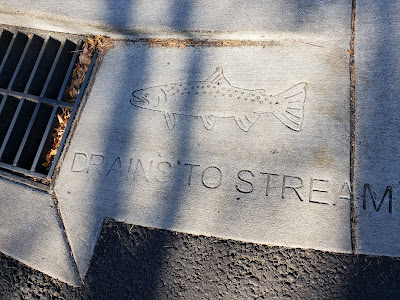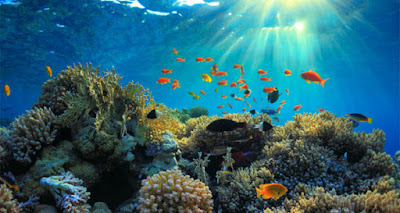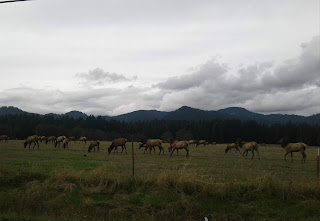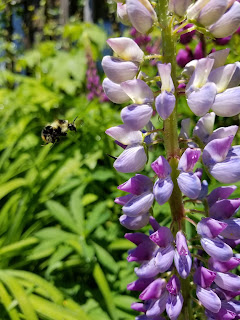Travel Tips: How to Reduce Carbon Emissions This Holiday Season

Travel increases during the holiday seasons. During the Christmas season, traveling long-distance by vehicle increases by fifty percent and tens of millions of passengers will travel by air. This extra travel equals an increase in carbon emissions and an increase in waste all and all the holiday season is not a good time for the environment. There are steps you can take to reduce your carbon emissions and energy use this Christmas season. Road Travel If you are traveling on the roads this holiday season there are ways you can reduce your carbon-footprint. Empty your car after all driving trips – an extra 100 pounds can increase your gas cost up to $0.08 per gallon Carpool or take public transportation Go easy on the gas pedal and brakes Maintain your vehicle before you go Oil change Tire pressure Don’t let your vehicle idle – now that the weather is cold it is more tempting to keep the vehicle idling to keep warm. This wastes fuel, increase carbon emissions, a












